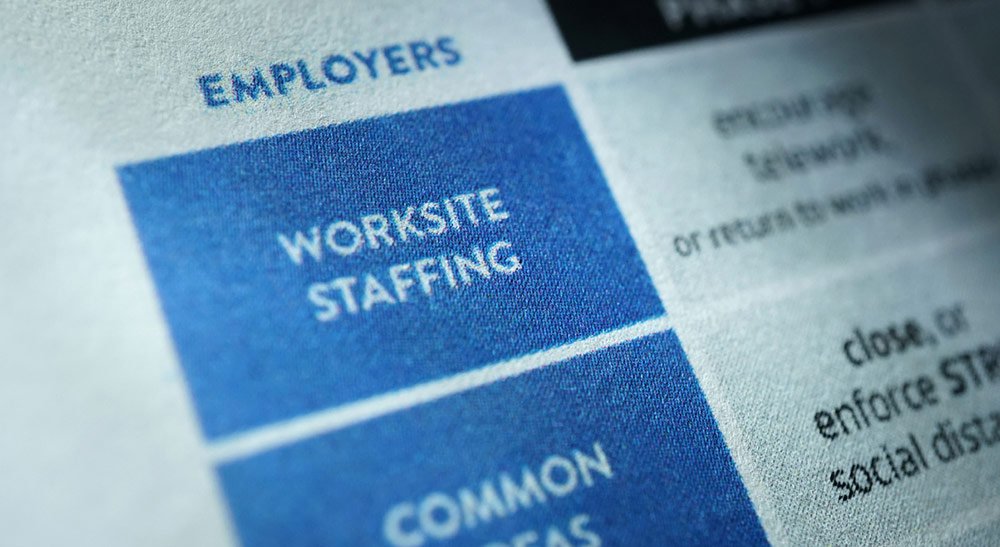The entire medical system of the United States has been focused on a single threat over the past eight weeks. While the dangers from COVID-19 remain present, many states are beginning to open back up, and as capacity increases, medical facilities are easing back into seeing patients.
Along with the rest of the industry, specialists in nuclear medicine are anxious to start seeing and treating patients again. Many cardiologists are wondering, “when do I open back up” and “what will it look like when I do?” In this post, we’ll examine when and how nuclear medicine gets back to work.
Consider the Numbers
While the threat from COVID-19 was and is immediate, the risks from heart disease are well known. The death toll from the coronavirus is staggering, but ultimately it will pale in comparison to the number of deaths from heart disease in the United States.
According to data, over 9 million myocardial perfusion scans are performed annually. The six-week pause in care we’ve experienced means that over 1,000,000 MPI studies that should have been performed were not. There is a human cost to this pause, and the reality is that heart disease did not go on quarantine.
We all did what was best for the overall system and population, but not seeing and treating patients at risk of cardiovascular disease will result in more risk for patients with heart disease. While cardiovascular disease is not contagious, it’s essential that at-risk patients are given the care they need as soon as possible.
Coming Backlog or Drop in Demand?
Cardiologists are rightfully uncertain about what they’ll face when clinics are opened back up. The gap in treating patients means there are over a million patients who urgently need care. At the same time, economic uncertainly and job losses mean that patients will be weighing the co-pay and costs of treatment due to the economic damage of the pandemic.
Many believe that we’ll see an initial spike of patients upon re-opening and that things will be busier than average at the start. If there is a drop, it could happen later in the year as urgent needs are addressed and the financial constraints set in.
If historic patient volumes continue and the patients who needed care during the pandemic request care, cardiologists could be looking at a months-long back-up of providing care.
Getting Back to Work
One thing we do know is that things when things open back up, they will be different. We’re not going to open the door, turn the lights on, and start seeing patients like we used to. Things have changed, and the fallout from the COVID-19 will affect how we treat patients for months, if not years, to come.
The team at ASNC has been speaking with experts in the field and is hosting a webcast on April 30 at 8:00 PM titled: Emerging from Lockdown: How to Restart Nuclear Cardiology Operations. This event features experts in cardiology discussing how to safely and efficiently restart labs after the pandemic.
Topics covered in the webcast include how to customize screening, consent, safety measures, how to address the patient backlog, and exercise vs. pharmacologic testing considerations.
Addressing the Backlog
Does your practice have a plan for how to address the potential backlog of patients? If you had a 130% volume spike for the next six to eight weeks, how would you address those needs? Now is the time to think about these considerations.
Extending Hours
In preparation for the coming backlog, some practices are looking at expanded hours and service availability. Adding an hour or two at the beginning or end of the workday is a way to get more out of your existing resources. While this costs your practice in overtime and extra wear on your equipment, it’s a way to address the patient’s needs.
Adding Capacity
Other practices are exploring how to leverage mobile imaging to support and add to their in-house capacity. A mobile diagnostic imaging company like Digirad can significantly expand the capacity of your practice and keep all the imaging within your practice.
While patient care is priority number one, it’s also important to note that mobile imaging can be just as profitable – or even more profitable – for the practice as traditional in-house imaging.
Regardless of the path you choose, it’s wise to have a tactical plan for how to treat the patients who were forced to go without care during the shelter-in-place orders.
Join the Discussion: What is Your Plan?
What are you seeing, or how is your practice preparing for re-opening? Have you already started seeing patients again, or did you ever slow down? Join the discussion on our LinkedIn page and share your insights. We’d love to hear how you are addressing the shift back to “normal” and how you are using your expertise to treat patients now that the immediate threat is over.




